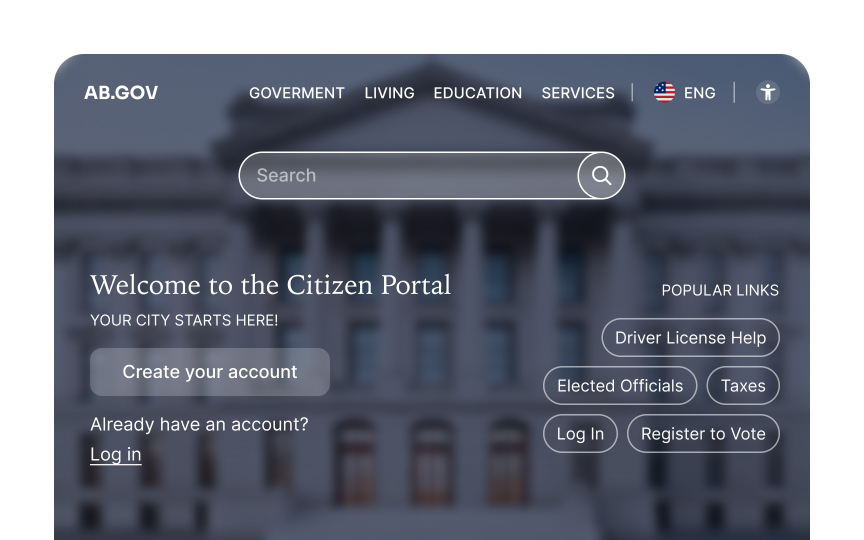Accessibility frameworks
Accessibility frameworks show exactly how to make government services work for people with different abilities. WCAG 2.2 establishes specific requirements for every digital service element:
Key requirements include:
- Screen reader support: All images need alt text, forms must have proper labels, headings need correct hierarchy (H1 to H6)
- Keyboard controls: Every button and link must work without a mouse, with visible focus indicators at least 2 pixels thick
- Visual design: Text needs 4.5:1 minimum contrast ratio, links must not rely on color alone, text must resize up to 200%
- Cognitive access: Forms must keep data when errors occur, consistent help options must be available, dragging actions need alternatives
A compliant service lets users complete tasks in multiple ways. For example, a permit application must work with voice commands, keyboard-only input, or mouse navigation.
WCAG 2.2 introduces nine new success criteria that strengthen focus visibility requirements, add spacing rules for interactive elements, improve authentication flexibility, and enhance form error prevention. These updates particularly benefit users with cognitive disabilities and those using mobile devices.[1]

